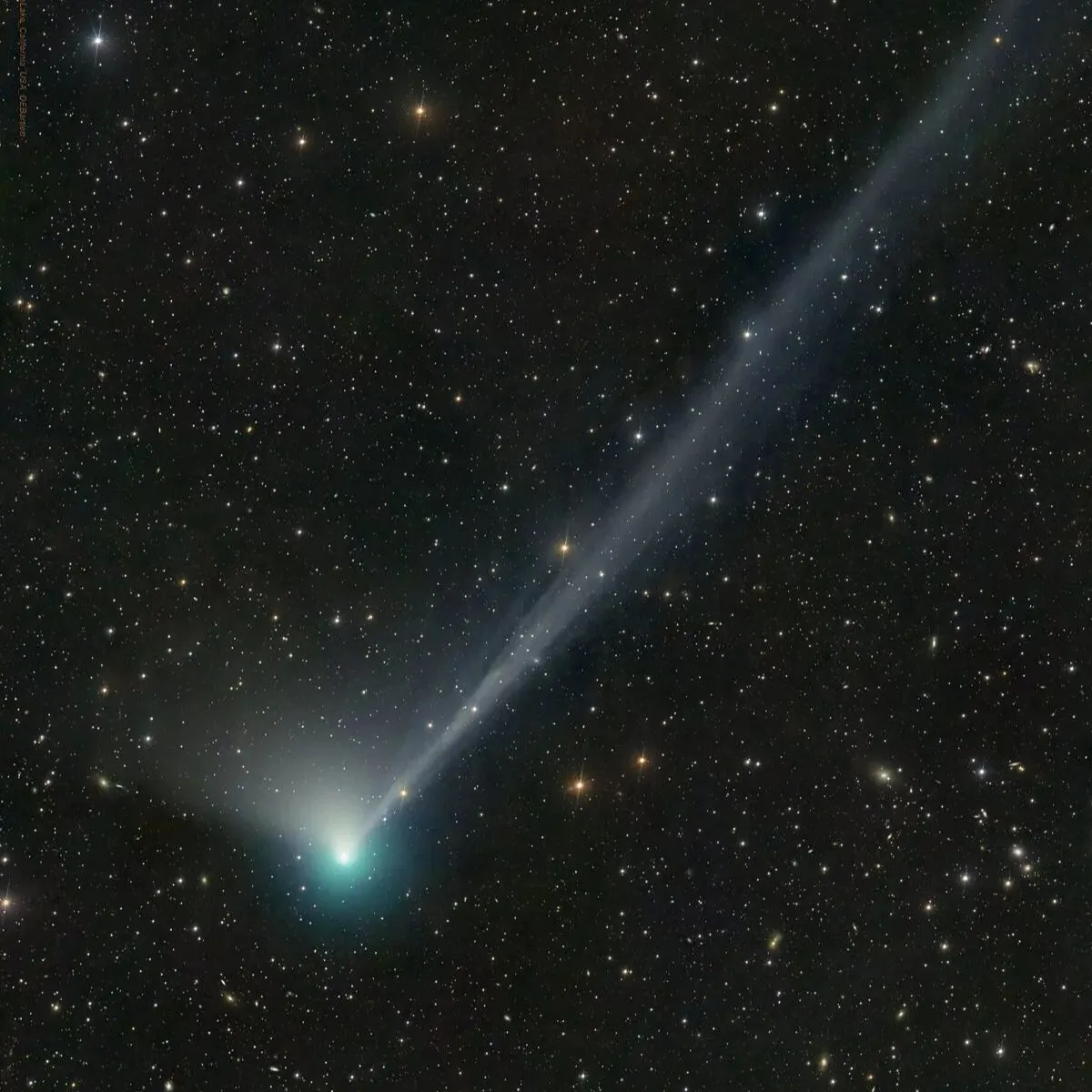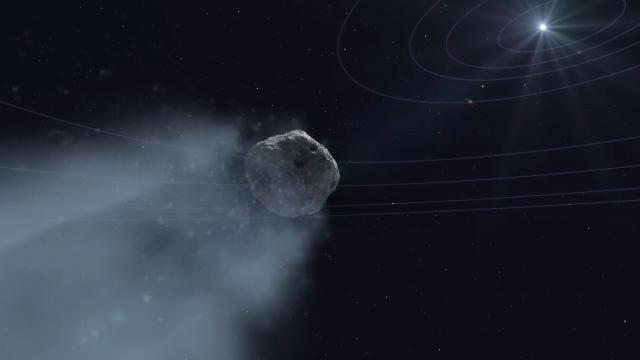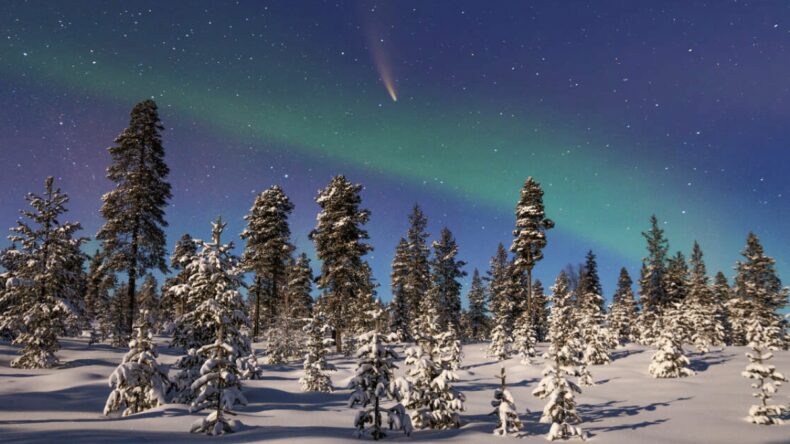It is a time of tremendous wonder and excitement when a ‘notoriously unexpected’ and uncommon green comet is spotted in the sky as it approaches the Earth after over 50,000 years.
Since it was found in March 2022 at the Zwicky Transient Facility in California, US, the comet is known as C/ 2022 E3 (ZTF). It was observed on January 12 from a number of locations, including the UAE and India, and hasn’t penetrated the inner solar system or the Earth since the last ice age.

Highlights
The enormous ice and debris-filled ball just completed a whirlwind round around the sun, reaching perihelion (its closest approach to our star) on January 12, and is currently travelling directly for Earth. But don’t worry, it isn’t headed directly at us. Between February 1 and 2, when it will be more than 26 million miles (4,18,42,944 km) distant, it will make its closest approach.
What shape will the comet take in the sky?
Northern hemisphere spectators will have the best chance to see the uncommon comet in the northwestern morning sky before daybreak, according to a video by NASA‘s Jet Propulsion Laboratory.
Without a telescope, it would seem as a “faint, greenish smudge in the sky rather than a dazzling object,” according to the Planetary Society, and it won’t likely have the spectacular, obvious tail that Comet NEOWISE had in 2020. It ought to be seen through a telescope and be visible to the naked eye.
Because brightness is highly variable, binoculars or a telescope are recommended for increased chances of spotting and a clearer image of the unusual green comet in the sky.
Regarding the uncommon green comet C/ 2022 E3 (ZTF)
This implies that the last time the extraterrestrial icy visitor apparently came close to our planet was in the Upper Paleolithic Age (ancient stone age) during the ice age. It is now passing by the globe after approximately 50,000 years. The Neanderthals or early homo sapiens lived on the world during that period. Humans are therefore unlikely to ever be able to view it again.

The celestial object was considered to be an asteroid when it was first seen by a wide-field survey camera at the Zwicky Transient Facility when it was in Jupiter’s inner orbit. Later, due to its quick brightening as it traveled out of the planetary orbit and across the solar system, C/2022 E3 (ZTF) was determined to be a comet.
The comet seems green for what reason?
In their basic form, comets are icy bodies with masses mostly composed of ice, rocks, frozen gases, and dust. The diameter of these closely clustered objects varies from a few kilometres to a few hundred kilometres.
The frozen gases are heated when these things approach the sun, which causes them to begin emitting gas and dust. This creates the dazzling light that is visible in the sky. It often consists of two parts: a brilliant head known as a “coma” and a burning tail that may extend for many kilometres.

Apart from its lengthy orbital period, this comet is famous for its blazing green color, which is quite uncommon in outer space. According to EarthSky, that might result from a particular chemical process involving molecules of diatomic carbon. Although C/2022 E3 (ZTF) is relatively unknown, astronomers are taking advantage of this once-in-a-lifetime opportunity to examine it.
The molecular makeup of C/2022 E3 (ZTFbulk )’s gives it its distinctive green colour. According to USA Today, it contains cyanogen and dicarbon molecules, which are chemical compounds with two linked carbon atoms. Under bright light, they emit a green glow.













